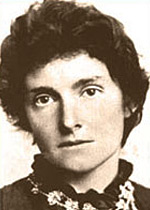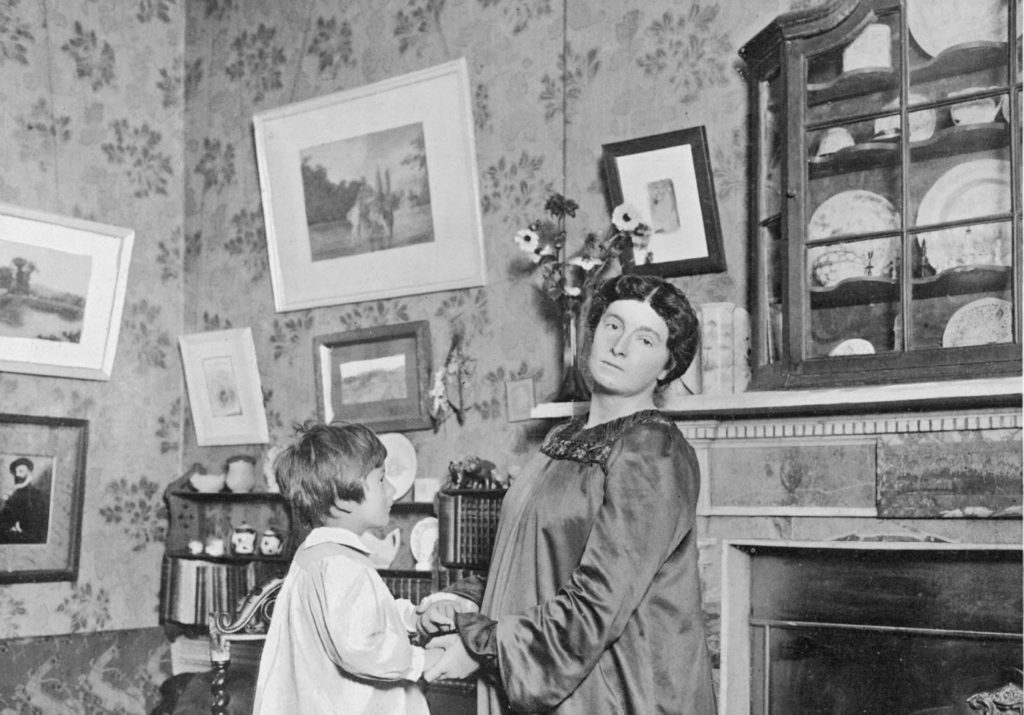
This report is called “The Mystery of the Semi-Detached,” and it is no misnomer because unanswered questions and unoffered explanation fuel the heat of the revulsion this sketch engenders. Apparently based on Rhoda Broughton’s dreary, pessimistic (and horrendously gory) clairvoyant story, “Behold, it was a Dream!,” it offers a glimpse into a misanthropic and incomprehensible cosmos – hostile and cruelly indifferent to the efforts of human diligence. While the vision is partially avoided, it proves fateful, challenging Victorians’ optimism and trust in the power of will and industry.

Most Victorian tales of this genre – the clairvoyant dream – result in prevention and avoidance (Riddell’s “Forewarned, Forearmed” is a fine example). Her stories featured calamity reaching out of the invisible world, afflicting completely innocent persons. Humbug hardly begins to do her justice.Nesbit mastered the late Victorian clairvoyant tale, and this very short sketch – almost flash fiction – is an underappreciated jewel of her work. But Scott Ellis gives a pale and interesting performance as Mr Guasto, while Blue Merrick presents a disdainful portrait of an author who hated Christmas, resented children and loathed her own legions of admirers. Perhaps the alternate ending of The Railway Children, in which Roberta, Phyllis and Peter watch the fireball of the engine career down the embankment, "in utter terror, pee trickling down their legs", pushes things a bit far. There's also reference to the grisly childhood experience of visiting a French crypt full of mummified bodies, a vision that has coloured her imagination ever since.


Having lost one of her own sons to a routine surgical procedure, she submitted to bringing up the offspring of her husband's mistress under her own roof. Meeks's highly original, well-conceived Christmas entertainment entwines dramatisation of the tales with supporting evidence of the darkness of Nesbit's domestic circumstances.


 0 kommentar(er)
0 kommentar(er)
